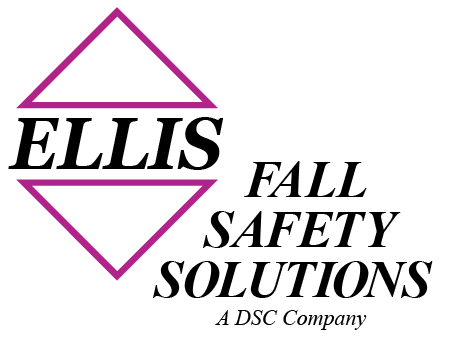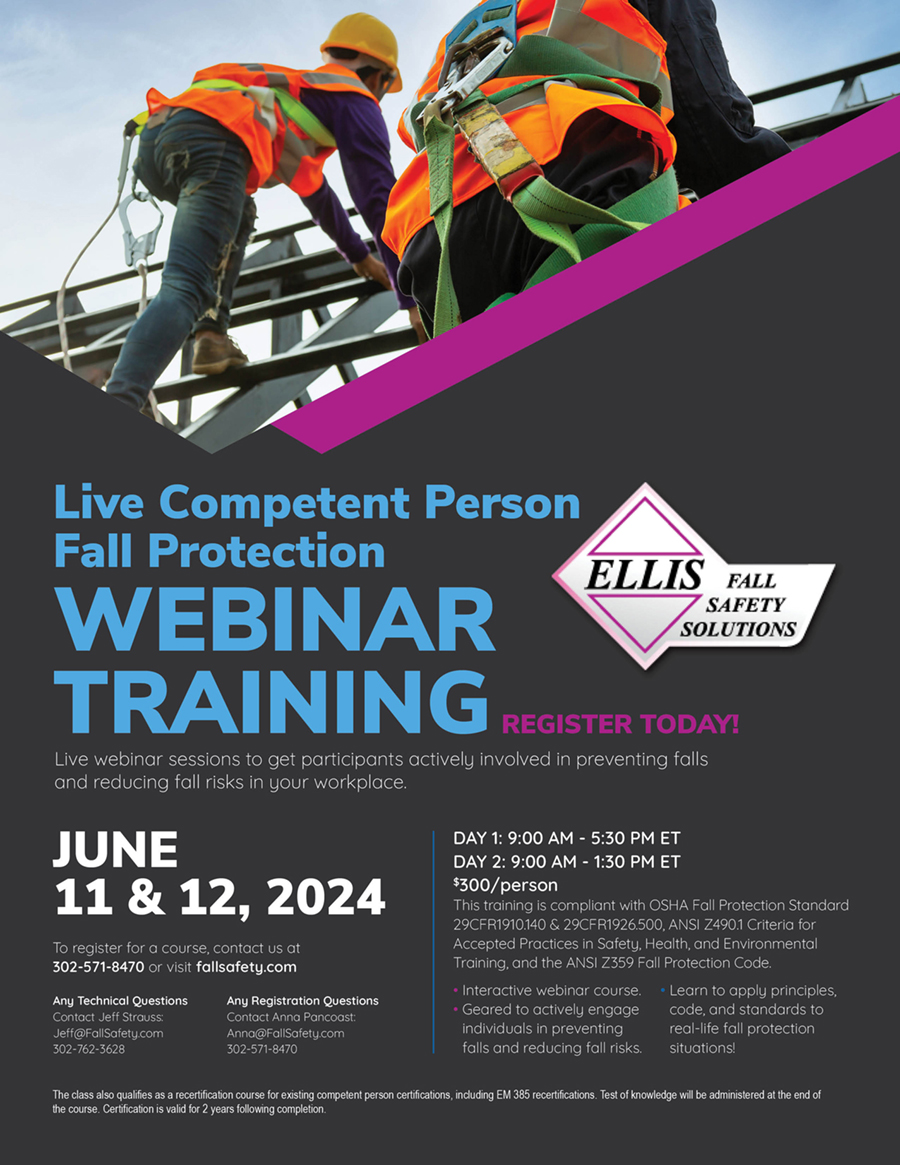Workers need training to understand the rules and how they apply in real life situations. They frequently are simply unaware of dangerous situations such as equipment compatibility problems, the consequences of a sudden free fall or the possibility of impact with a stationary object. Workers must be trained that safety is their responsibility and that taking the time to do a job properly is the safest way to protect themselves and their coworkers. To achieve this, training must provide hands-on opportunities for workers and managers. Workers should also be trained to understand why their work will be observed in the field and why they will be required to undergo additional training if they do not meet expectations on a recurring basis.
See “Introduction to Fall Protection, 4th Edition” pages 438-439.
Order your copy of “Introduction to Fall Protection, 4th Edition” today. This invaluable resource will take you from the structure design stage to post construction maintenance. Click to find out more!

